Best Cheap Golf Launch Monitors 2025
We collate some of our favorite launch monitors that are perfect for the more budget-conscious golfer.
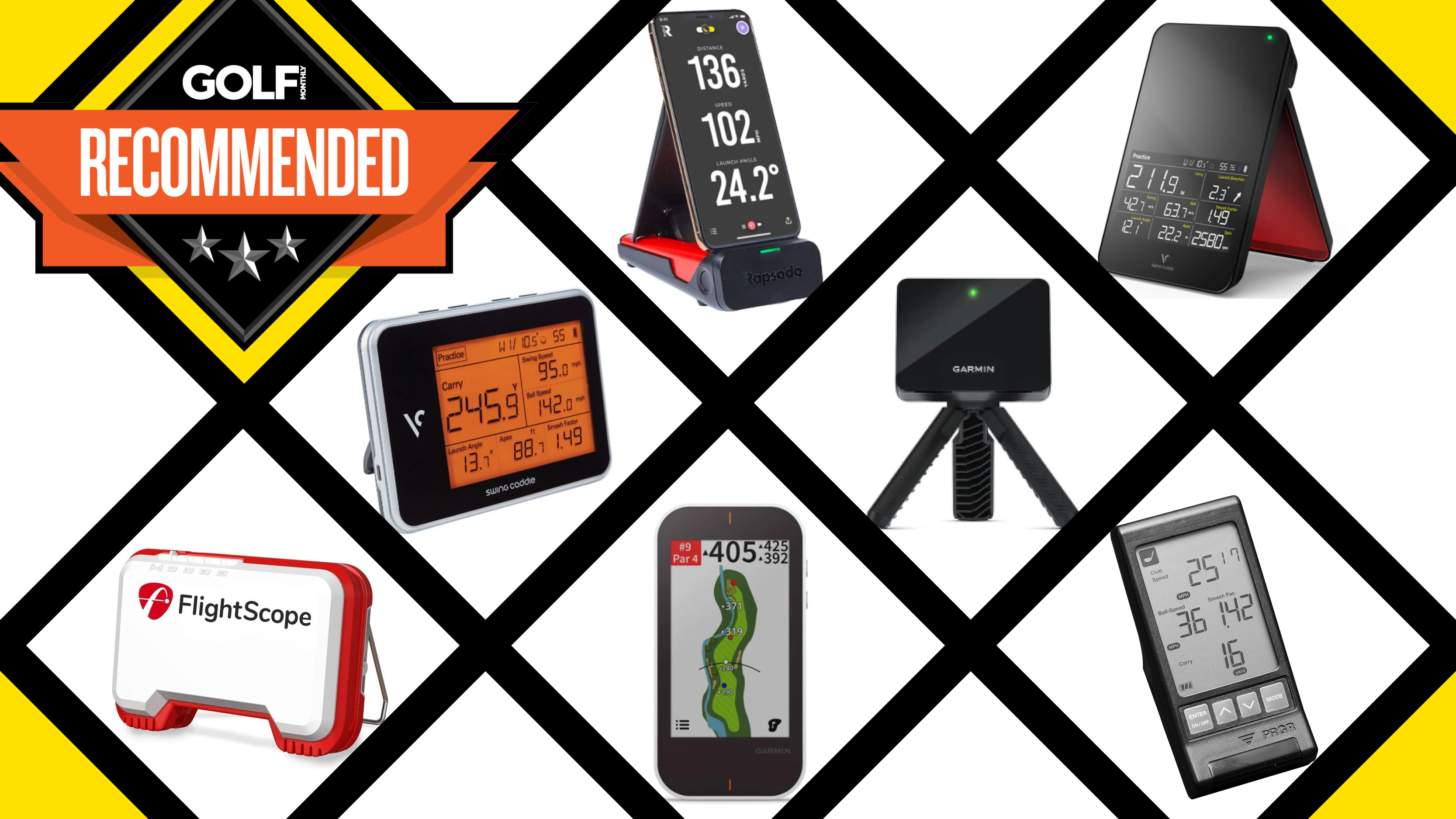

Technology has become intertwined with nearly all aspects of golf. As such, professional golfers are leveraging gear like launch monitors into their practice regimes to unlock insights and analytics on their swing, ball flight and yardage on each shot.
This technology was once exclusive to pros, but it’s now accessible to amateurs and casual golfers. We’re now able to take advantage of the cutting-edge data that Trackman and Foresight Sports GCQuad can provide.
Nonetheless, their price point still limits their accessibility with some devices setting you back set you back almost $20,000. That said, there are a range of options that are more economically viable for non-professionals. With this in mind, we have taken a look at the best models that can help you learn more about your golf game, without burning a hole in your pocket. Be sure to check out our best golf rangefinders and best golf GPS' too if you want more advice on some other golf technology.
The Quick List
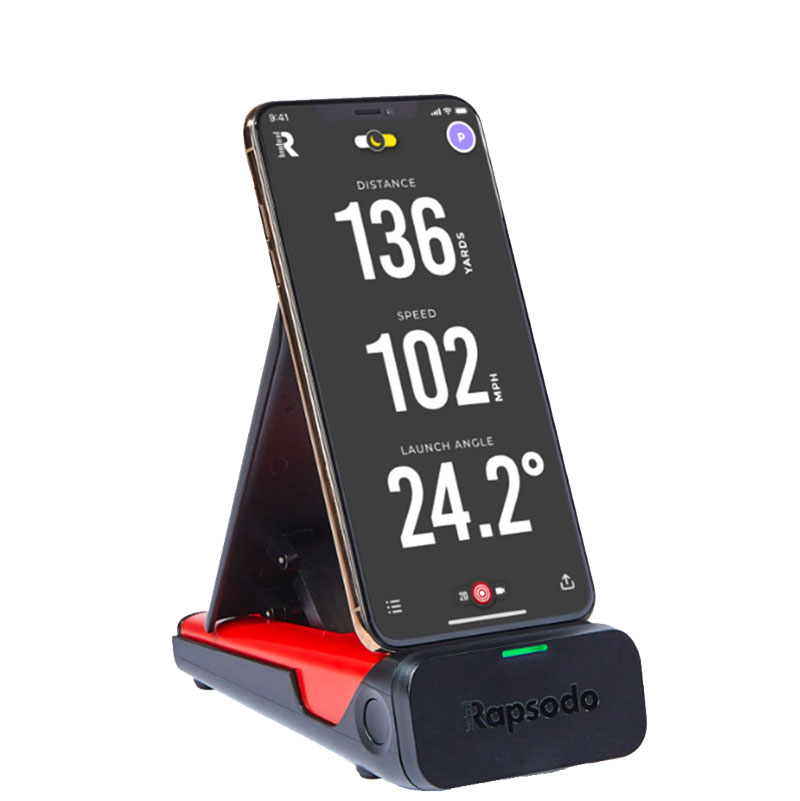
The Rapsodo is simple to set up and provides accurate, quick data feedback on everything you need to know about your swing. You can also film and your swing and store up to 100 videos for free. All in all, a fantastic companion for range sessions and home set-ups.
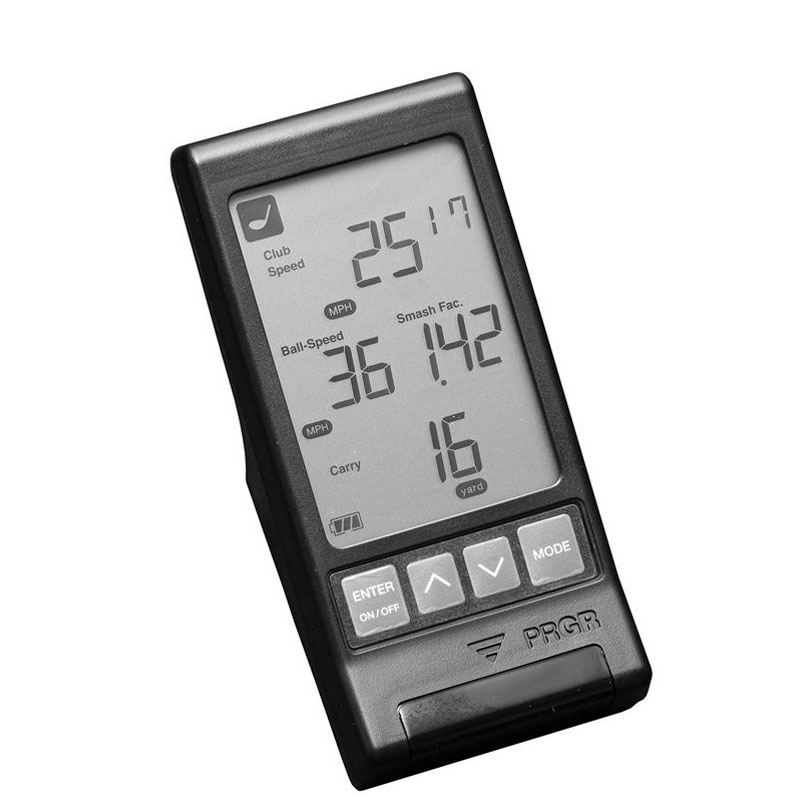
This is a seriously impressive device that provides the perfect amount of data and great portability.
It stores information from 500 shots and has long-lasting battery life too.

No smartphone required! The SC4's crystal clear display is intuitive and remarkably easy to use.
The audio options are great too and can be used both indoors and outdoors.
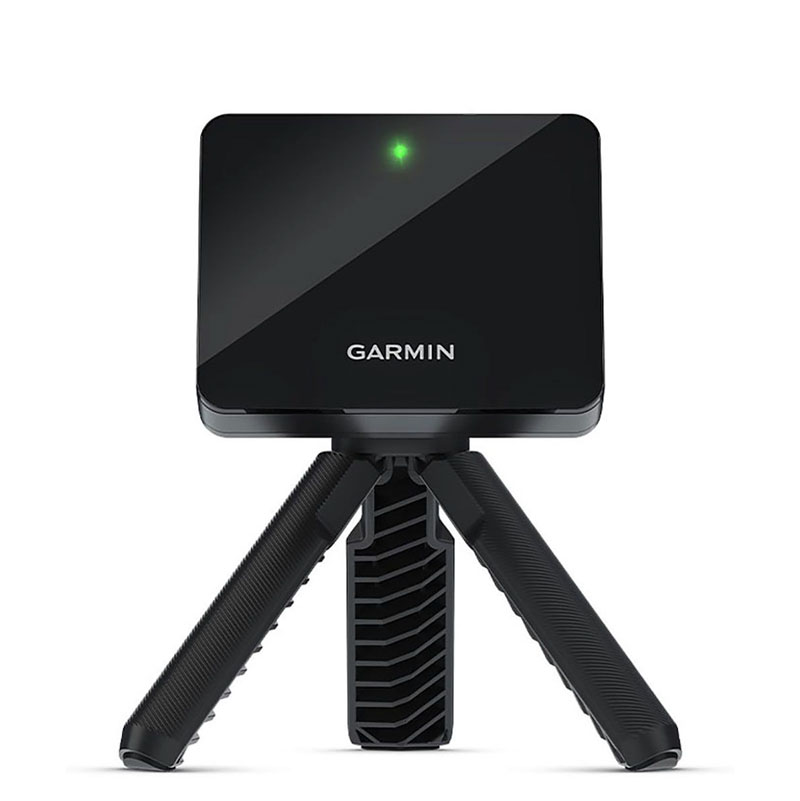
Garmin have an esteemed reputation in the golf tech sector. The R10 is one of the most compact and portable launch monitors we've seen. There's plenty of data insights, high levels of precision and you can play 42,000 courses worldwide when linked with Garmin Golf App.
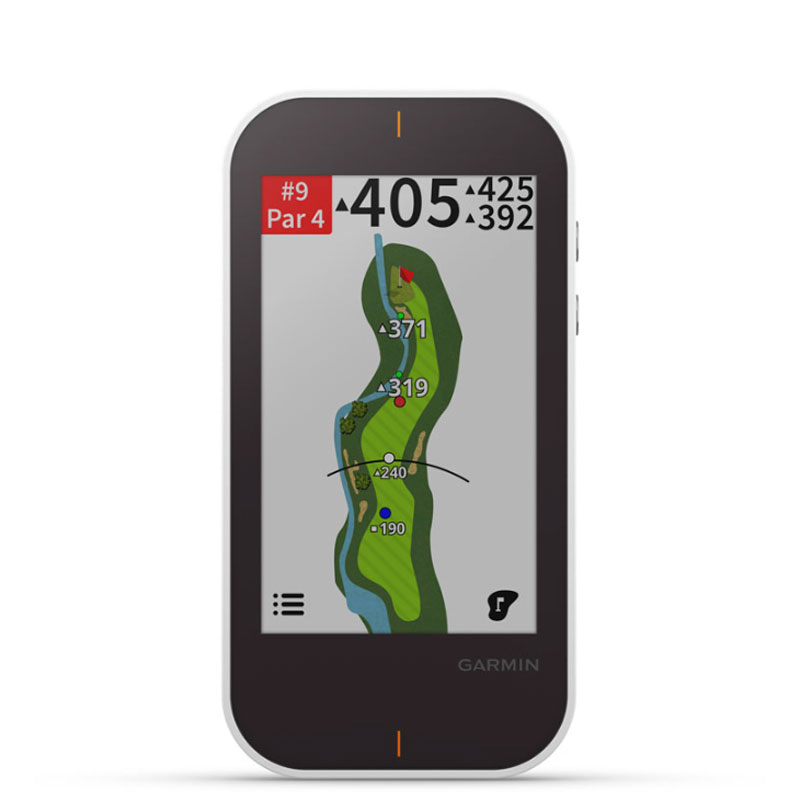
The Approach G80 doubles as a GPS as well as a launch monitor making it a great choice for both practice and play. We particularly enjoyed the target practice modes which were useful for improving distance control.
Read more below

While the SC300i is slightly bulkier than other launch monitors, it makes up for it with a large, easy to read display that's packed with handy features. In testing, it performed particularly well outdoors.
Best Cheap Golf Launch Monitors
Best budget
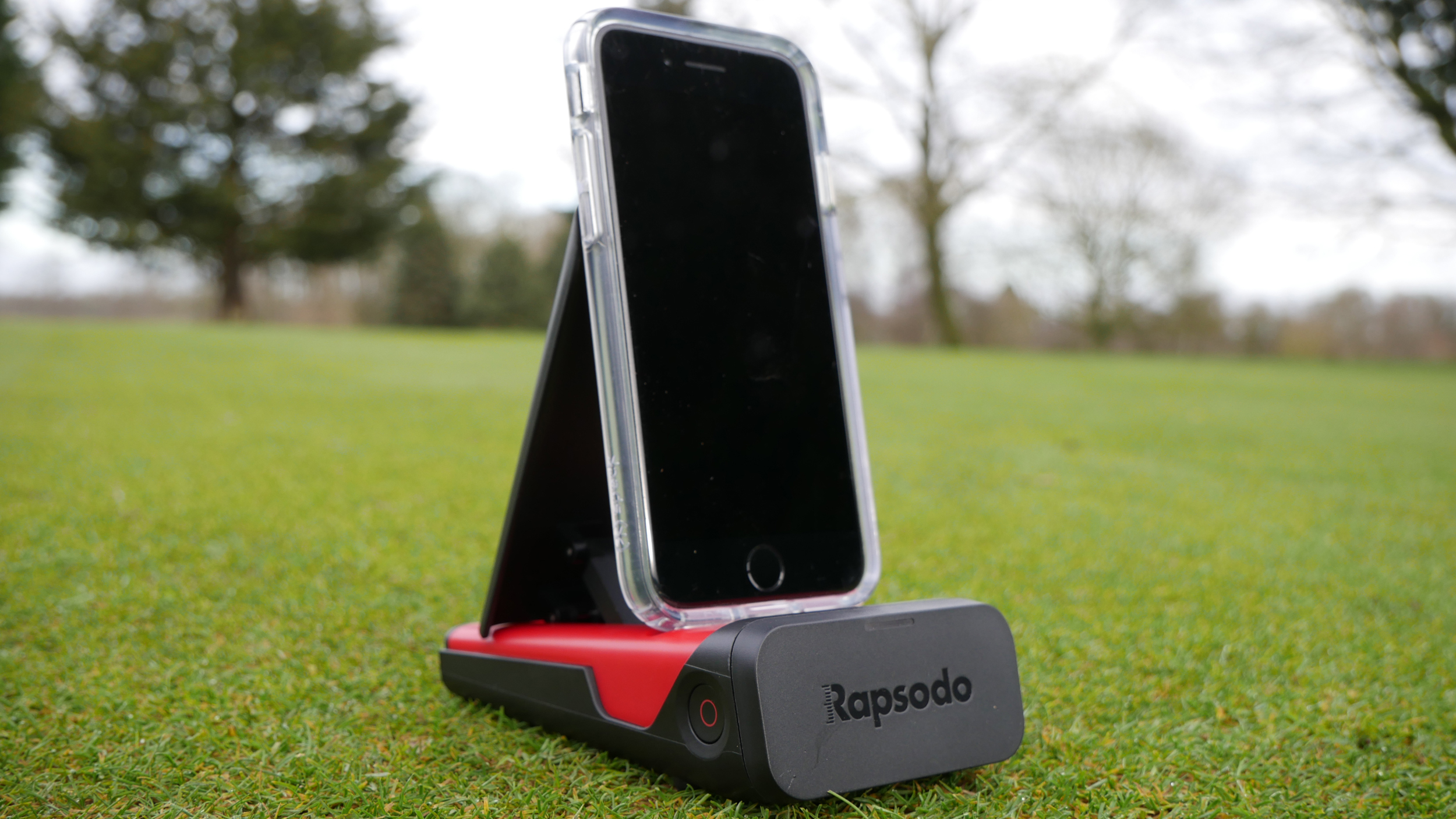
Specifications
Reasons to buy
Reasons to avoid
First up we have the Rapsodo Mobile Launch Monitor, a model that won our best budget option in our best launch monitors guide. Put simply, it's just an accurate, easy to use and fun launch monitor.
So, how does it work? Essentially, the Rapsodo utilizes your smartphone to deliver accurate readings on each golf swing both indoors and outdoors. After downloading the iOS app and logging in, you rest your phone in the front slot and position it approximately six feet behind the ball. The lines on the screen and the GPS overhead view help you align it correctly and select your hitting direction for enhanced accuracy.
How did it perform? It testing, we did find navigating the app on a small screen a little fiddly but the graphics are genuinely impressive. The shot library is also very easy to digest and we found the level and accuracy of data very good for the price. Crucially, the device folded down to almost nothing, was extremely lightweight and there's a handy little case to carry it in too.
- Read our full Rapsodo Mobile Launch Monitor Review
Best handheld
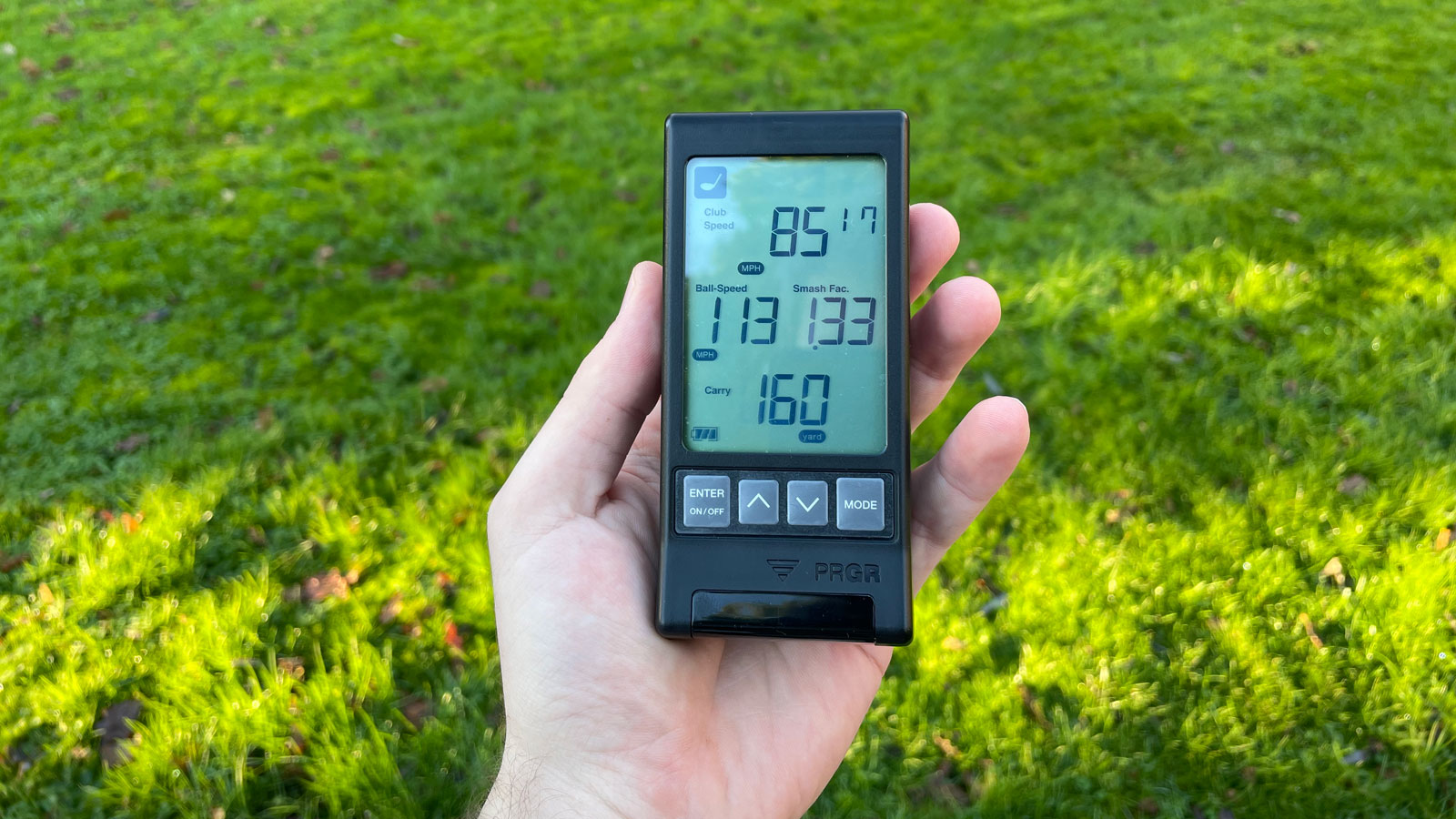
Specifications
Reasons to buy
Reasons to avoid
The PRGR Portable Launch Monitor is a remarkable piece of equipment that uses a high quality, dual doppler radar sensor and launch algorithms that are designed to increase the overall consistency and precision of data.
It's pocket-sized. So it's really as simple as placing the PRGR behind the ball and away you go. Despite it's compact size, it gathers an impressive amount of data on insights such as swing speed, ball speed, carry distance, total distance and smash factor. We thought this was just the right amount of data before it gets overwhelming.
In testing, we found the precision and accuracy of data to be consistent. Occasionally, the numbers would seem different to what you'd expect but it's straightforward enough to remove the anomaly via the settings.
- Read our full PRGR Portable Launch Monitor Review
Best for features
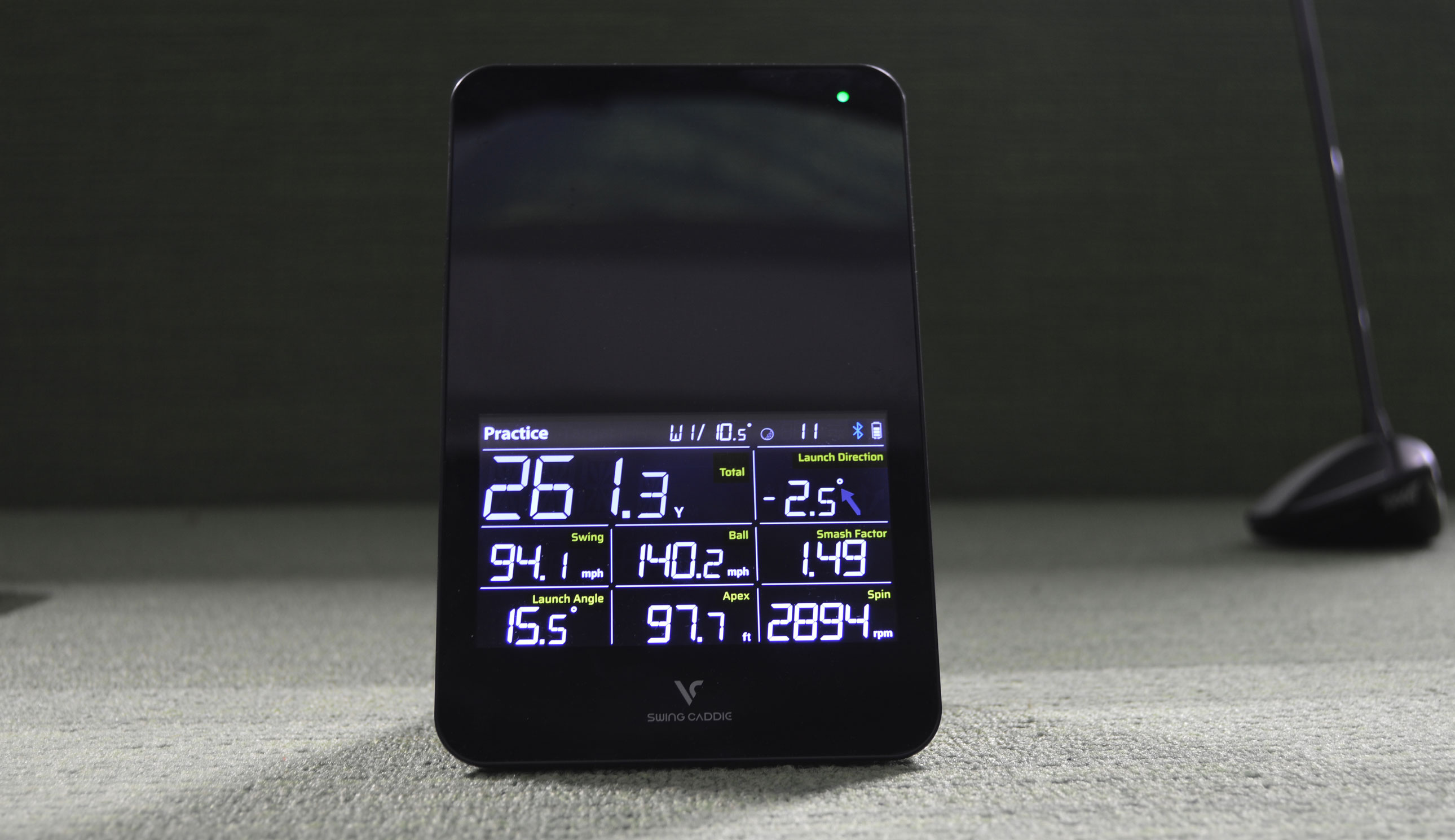
Specifications
Reasons to buy
Reasons to avoid
We think the SC4 is definitely one of the best value options in the portable launch monitor category. It might be one of the most user friendly and easiest to use too. Just turn it on, set it five feet behind the ball, line up with your targets and go.
While a mobile device is not imperative for using this device, we'd suggest pairing it with the MySwingCaddie app via Bluetooth. This enables you to access more swing insights as well as handy features like the ability to see all your statistics in a graphical form. We particularly enjoyed ability to record and integrate videos with the smartphone while using the app too.
How did it perform? Crucially, the SC4 has pretty much all the necessary metrics. Distance can be toggled between carry and total distance, then there's launch direction, swing speed, clubhead speed, ball speed, launch angle apex, smash factor and spin. What more could you want?
- Read our full Voice Caddie SC4 Launch Monitor Review
Most compact
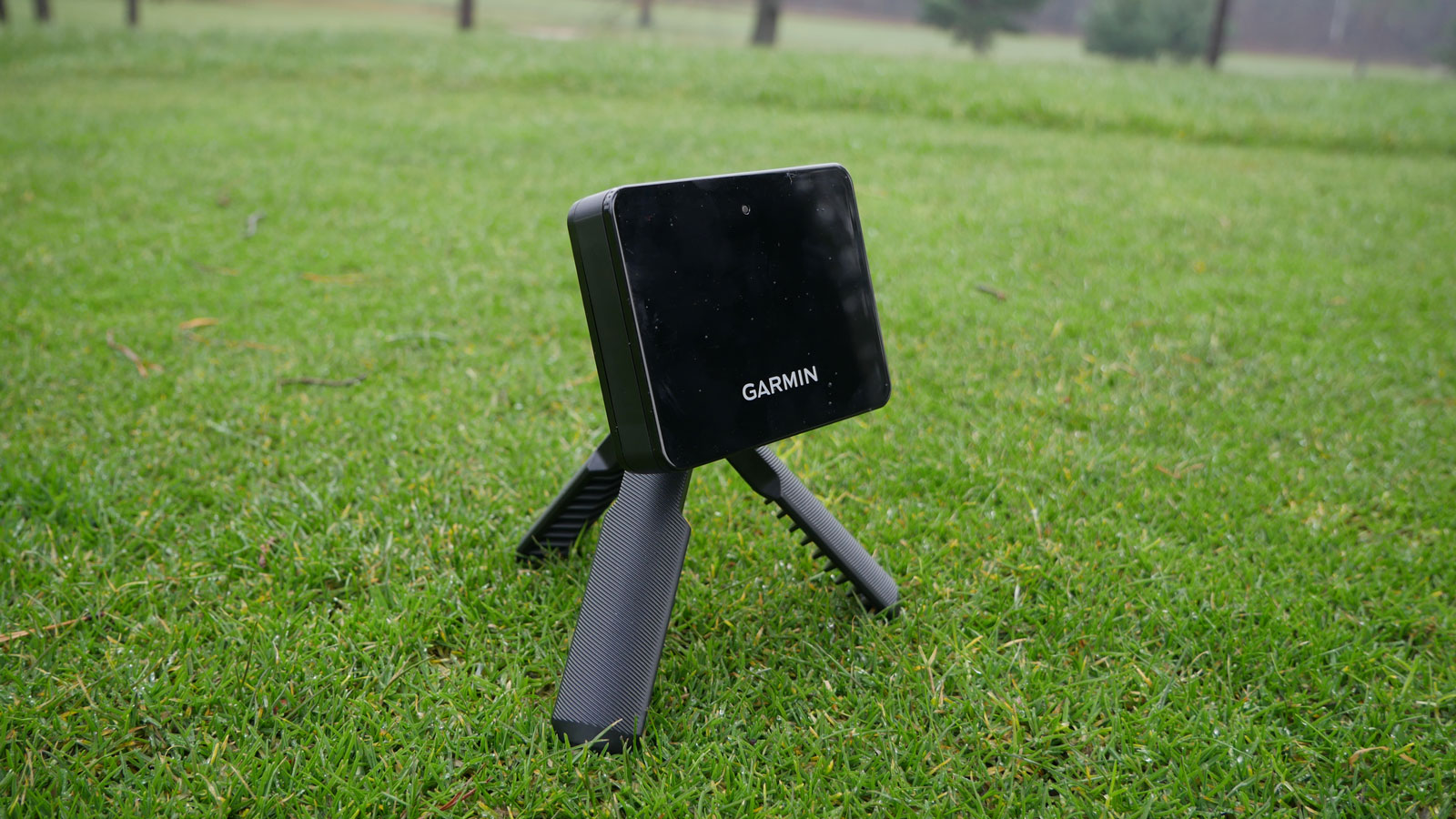
Specifications
Reasons to buy
Reasons to avoid
Garmin are known for GPS devices and golf watches, with the R10 falling into the most compact section of launch monitors due to the fact that the case can hold the tripod, phone stand and device itself without no qualms. Also, it can fit in the golf bag without taking up much space at all.
Like other models on this list, it is extremely easy to set-up. Out of the box, connect it to a smartphone or tablet, put the R10 six-feet behind the ball then, once up and running, you will be able to see all the data on your smartphone, with the feedback instantaneous.
Along with the basics like ball speed and total distance etc, the R10 also tracks club path analysis, including face to path, launch direction, club face angle, attack angle, launch angle and spin axis. Importantly, after striking the clubs in our bag, the accuracy was excellent and matched our on-course data.
- Read our full Garmin Approach R10 Launch Monitor Review
Best GPS combination
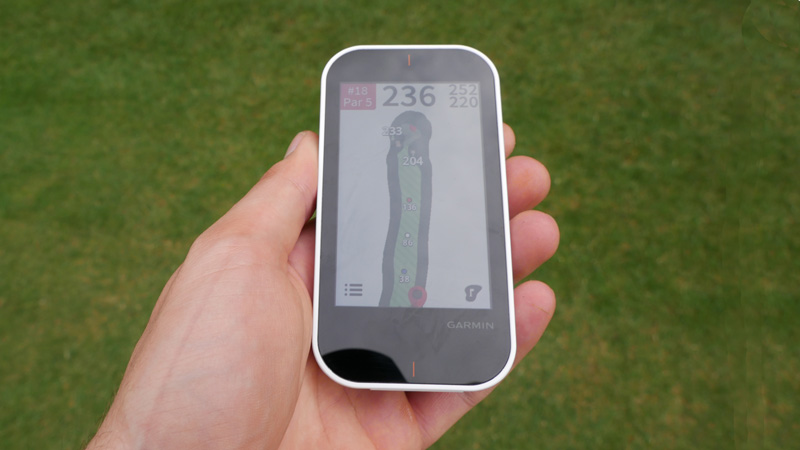
Specifications
Reasons to buy
Reasons to avoid
The Approach G80 doubles as both a GPS device and a launch monitor that's extremely easy to use. We found the touchscreen features intuitive and easy to navigate. In the settings, there's features like Garmin's PlaysLike Distance, which provides distance to target and also adjusts for uphill and downhill shots.
The launch monitor enabled us to track everything you'd need—club head speed, ball speed, smash factor, swing tempo and estimated distance. Set up was simple. Just position it on top of ball just in front of where you are hitting from. It works seamlessly with the free Garmin Gold app which let's you compete, compare and connect with fellow golfers.
We particularly enjoyed Approach G80's games and practice modes which help improve your game. There's even a games and practice mode to further improve your game. In terms of accuracy, the Approach G80 differed by around 10 yards compared to the more premium models. We think you can't go wrong for the value.
- Read our full Garmin Approach G80 GPS Review
Best battery life
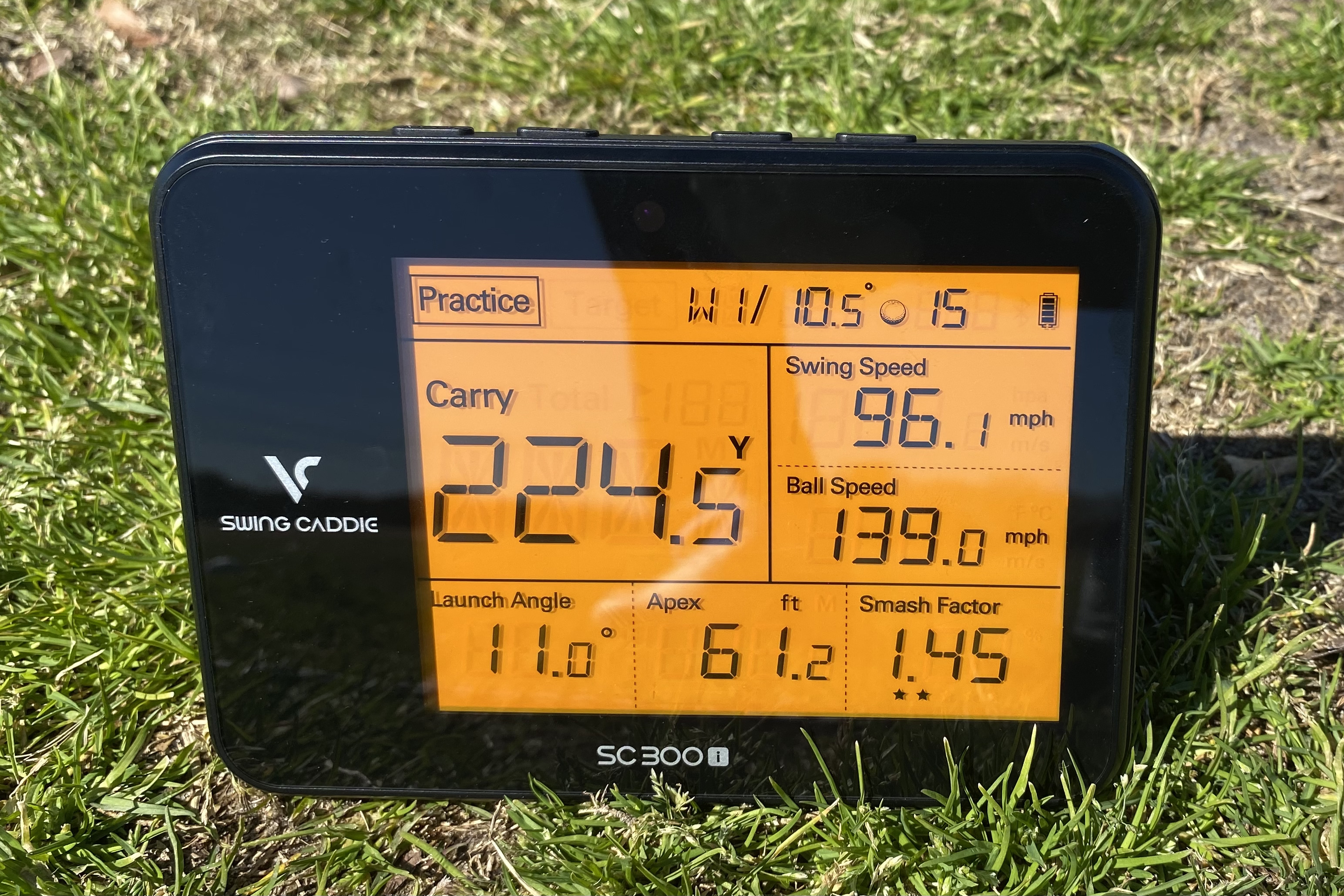
Specifications
Reasons to buy
Reasons to avoid
The Swing Caddie SC300i improves upon it's all ready impressive predecessor—the SC300. The latest model offers a range of features including a bigger screen and new sensor technology.
How did it test? We were blown away by the accuracy of the ball, swing and clubhead speed. You can even track your performance in real-time by connecting to the free MySwingCaddie V2 app on your smartphone or tablet via Bluetooth
We also enjoyed other features such as the voice output option of distance and a handy remote control for accessibility. In addition, there's video playback, analysis and battery life up to 20 hours. Swing analytics also includes clubhead speed, launch, angle, carry distance, apex height, spin rate and smash factor, making it one of the more comprehensive launch monitors in this category.
- Read our full Swing Caddie SC300i Launch Monitor Review
Specifications Table
| Model | Technology | Weight | Battery |
| Rapsodo Mobile Launch Monitor | Radar and camera depends on phone | 256g | 8 hours |
| PRGR Portable Launch Monitor | Doppler radar | 125g | N/A |
| Voice Caddie SC4 Launch Monitor | Doppler radar | 589g | 10 hours |
| Garmin Approach R10 Launch Monitor | Radar | 221g | 10 hours |
| Garmin Approach G80 GPS | Radar | 119g | 15 hours |
| Swing Caddie SC300i Launch Monitor | Doppler radar | 437g | 20 hours |
How we test golf technology
We test all golf technology as comprehensively as possible to gauge performance over time and whether it can actually help your golf game. As you would expect, this involves using different models regularly, and in different situations to see how the technology performs. A good example is using a monitor inside/outside, or in different types of weather.
As the entire team are regular golfers, golf technology usually gets a thorough test and often get compared to one another side by side to test for things like accuracy, waterproofing, durability and other features. That way we can give honest and insightful feedback to you, the reader. The final thing we wanted to mention in this section is no manufacturer can buy a good review. Our testing team reviews golf equipment and makes its own opinion on how good or bad the product is.
How to choose a launch monitor
When discussing the best golf launch monitors there are a number of factors to consider. Let's take a look at them.
1. Accuracy
This is the most important factor to consider because if a launch monitor isn't accurate then it is useless. Obviously the top of the range models from Trackman and Foresight Sports are the best in this regard but as we have shown above, from our testing we have found more budget-friendly monitors which are accurate as well, such as the Rapsodo Mobile Launch Monitor.
2. Metrics
Most devices these days give insight into metrics like ball speed, club head speed and carry distance however if you are looking for more specific club head data, and metrics like dispersion, then the cheaper models are more limited here. That being said we think several models above give more than enough data points for most people.
3. Features
Linking with the above point, there are models with more features compared to others. Of course for most of the models we tested, measuring the golf ball's flight was the main purpose but some units offered the opportunity for simulator play, GPS functionality, or the ability to record your swing. Be aware of some of these features and what you would like your monitor to do and then choose accordingly.
4. Camera/Radar
There are usually two main technologies in launch monitors these days. Camera-based monitors use high-definition cameras to capture data at, and following, impact. Because of this they tend to be better for indoor use as some models may struggle in changing light conditions.
Radar designs use Doppler radar to follow the flight of the golf ball. These waves bounce off the golf ball to track the flight and this therefore makes them better for outdoor use. That being said there are models which have the best of both worlds, like the TrackMan 4.
5. Ease of use
This is a big factor because when we have the time to practice, we don't want to waste any of it trying to work out technological issues. This makes the smaller devices like the Swing Caddie SC300 and Rapsodo particularly appealing.
6. Portability
Speaking of which portability is an important factor in itself. You don't want to have to be lugging something heavy around or something that takes too long to fold away. Therefore take a look at the weight and product dimensions of certain models, and whether they come with a carry case as well because this is very convenient. For more models that deliver in this regard, read our guide on the best portable launch monitors.
7. Price
We have to mention price when discussing launch monitors because that is a key factor in the making of this guide. For those of you who want, and can afford the top models, our best launch monitors guide has top of the range models for you, however this guide has lots of monitors that do an excellent job without breaking the bank.
If you want to get fully kitted out with a home studio, why not take a look at our guides on the best golf net, or best golf mat as well.
FAQs
Should I practice with a launch monitor?
Depending on how you're looking to improve as a golfer, practicing with a launch monitor can be a really beneficial way to give you insights on your swing and connection with the golf ball. That can in turn help you analyze your play better and shoot lower scores.
Should I invest in an expensive launch monitor?
That depends on your skill set, budget and what you hope to achieve in the game. The more expensive models cater towards golfers looking to progress at a professional level. But there are more value options out there that, while they don't come cheap, represent a much better price than the top-spec models.
Can I use a portable launch monitor on the course?
Absolutely! So long as you don't hold up the group behind you, set it on the turf and play away!
Get the Golf Monthly Newsletter
Subscribe to the Golf Monthly newsletter to stay up to date with all the latest tour news, equipment news, reviews, head-to-heads and buyer’s guides from our team of experienced experts.

Joel has worked in the golf industry for over 15 years covering both instruction and more recently equipment. He now oversees all equipment and video content at Golf Monthly, managing a team of talented and passionate writers and presenters in delivering the most thorough and accurate reviews, buying advice, comparisons and deals to help the reader or viewer find exactly what they are looking for.
One of his career highlights came when covering the 2012 Masters he got to play the sacred Augusta National course on the Monday after the tournament concluded, shooting a respectable 86 with just one par and four birdies. To date, his best ever round of golf is a 5-under 67 back in 2011. He currently plays his golf at Burghley Park Golf Club in Stamford, Lincs, with a handicap index of 3.1.
Joel's current What's In The Bag?
Driver: Titleist GT3, 9°, Fujikura Ventus Black 6 S shaft.
Fairway wood: Titleist TSR3, 15°
Hybrid: Titleist TSi2, 18°
Irons: Titleist T150, 4-PW
Wedges: Titleist Vokey SM10, 50°, 54° and 58°
Putter: LAB Golf DF3
Ball: 2025 Titleist Pro V1x
- Sonny Evans
- Sam TremlettSenior E-commerce Editor
-
 'Welcome To The Club' - Tiger Woods Leads Praise For Rory McIlroy After Masters And Grand Slam Glory
'Welcome To The Club' - Tiger Woods Leads Praise For Rory McIlroy After Masters And Grand Slam GloryA host of famous sports stars and celebrities have been quick to praise the Northern Irishman after his incredible victory at Augusta
By Michael Weston Published
-
 'He Wouldn't Talk To Me' - Bryson DeChambeau Reveals Rory McIlroy Dynamic During The Masters Final Round
'He Wouldn't Talk To Me' - Bryson DeChambeau Reveals Rory McIlroy Dynamic During The Masters Final RoundAfter a disappointing Sunday at The Masters, DeChambeau shared that McIlroy was so focused en route to victory that the pair barely exchanged words all day
By Jonny Leighfield Published
-
 Best Value Golf Balls 2025
Best Value Golf Balls 2025Check out our guide to the best value golf balls that offer good all-round performance without breaking the bank
By Joel Tadman Last updated
-
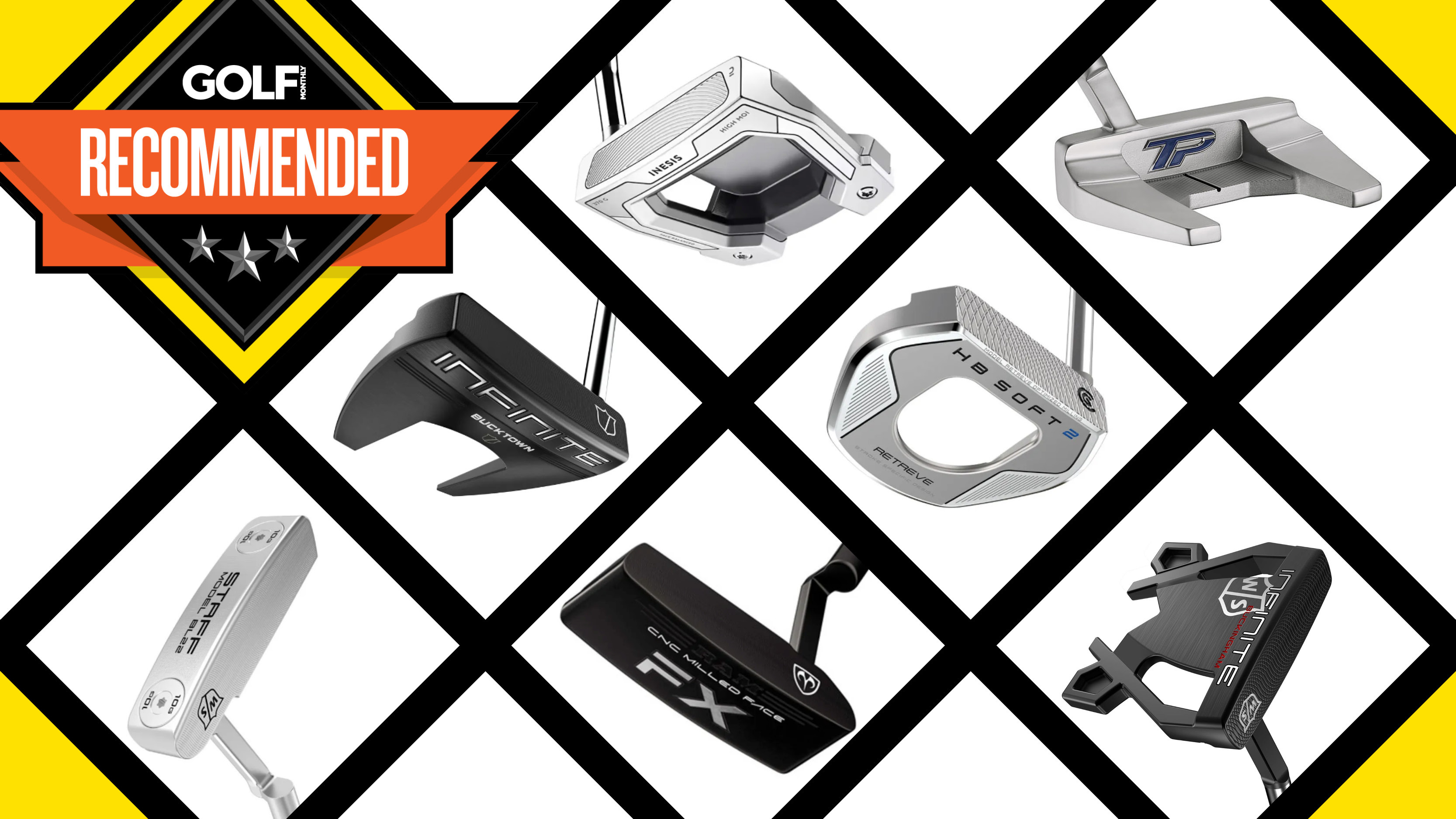 Best Cheap Putters 2025
Best Cheap Putters 2025In this guide, we delve into the market of entry-level putters and pick our favorites
By Sam De'Ath Last updated
-
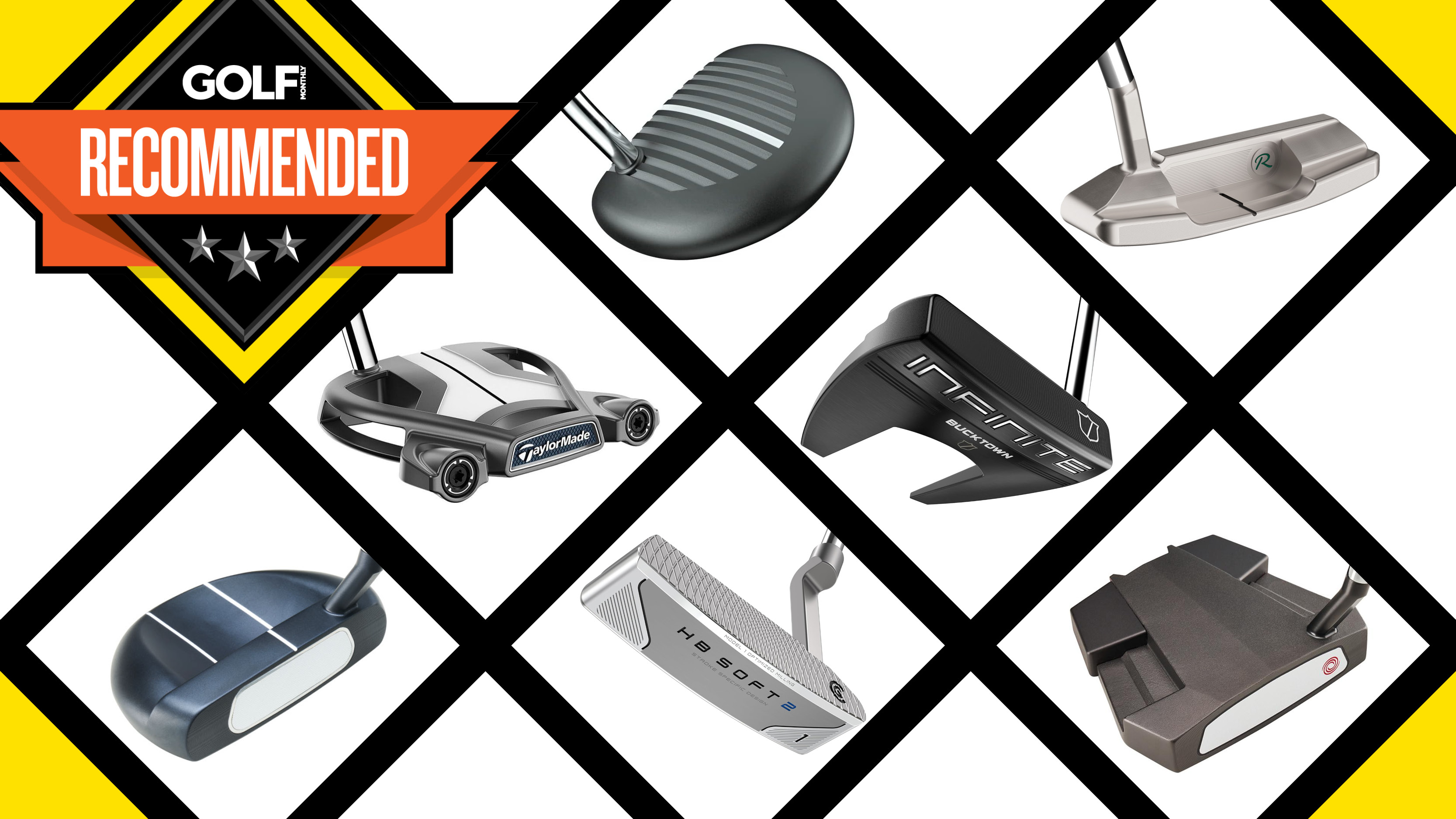 Best Putters On Amazon 2025
Best Putters On Amazon 2025We take a look at the best putters on Amazon available right now, varying in price to suit your eye and budget.
By Matt Cradock Last updated
-
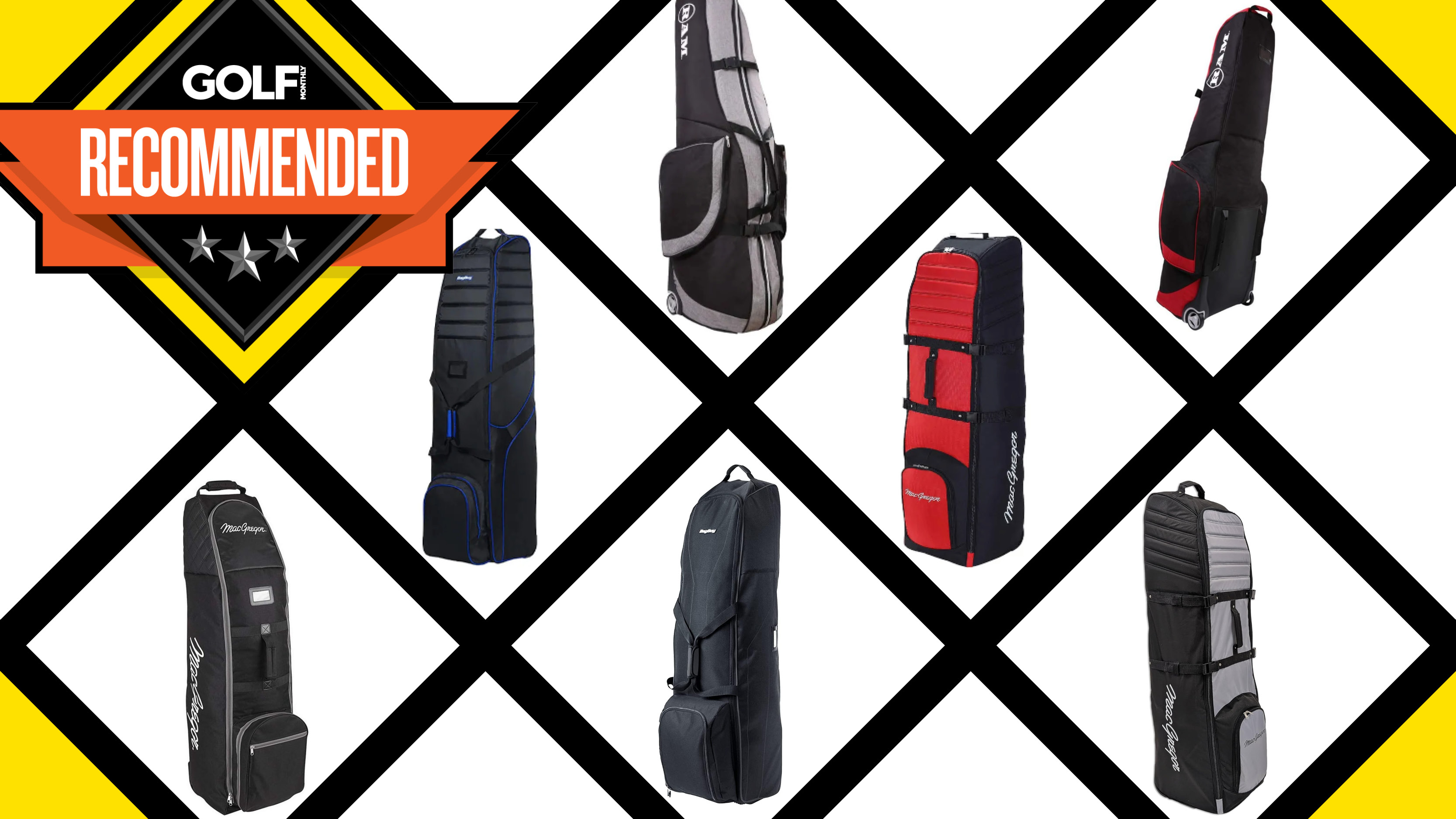 Best Golf Travel Bags Under $100 2025
Best Golf Travel Bags Under $100 2025Do you have a golf trip booked away soon, but don't want to splash out on an expensive travel bag for your clubs? Well here, we have you covered
By Dan Parker Last updated
-
 Best Golf Bags Under $100 2025
Best Golf Bags Under $100 2025Looking for a high-performing golf bag that won't break the bank? Well, you've come to the right place
By Matt Cradock Last updated
-
 Best Cheap Golf Rain Gear 2025
Best Cheap Golf Rain Gear 2025From jackets to pants, we take a closer look at the best cheap golf rain gear currently on the market.
By Sam Tremlett Last updated
-
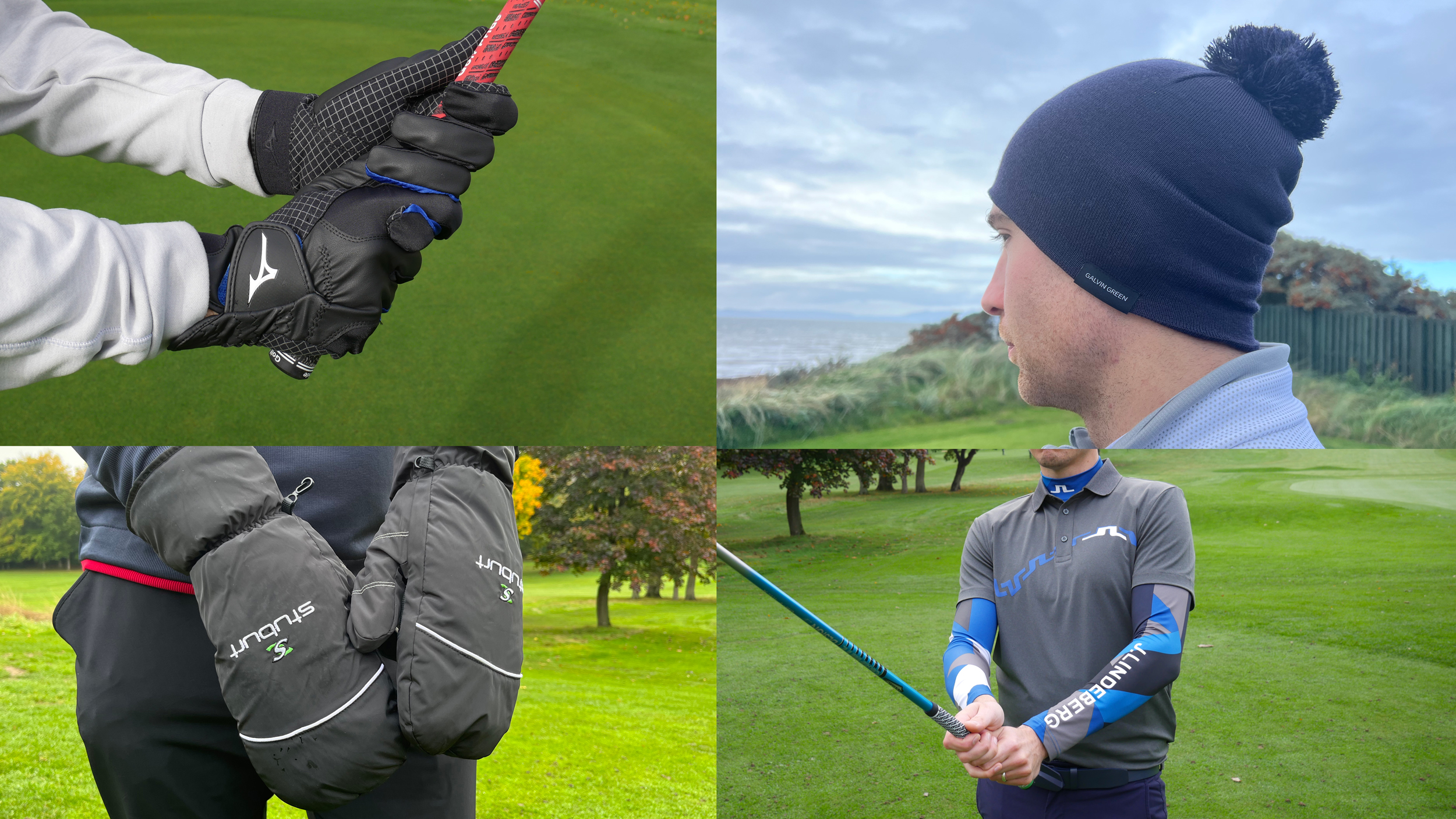 How To Spend $200 On Winter Golf Gear
How To Spend $200 On Winter Golf GearLooking for some new gear for the winter golf season and got $200 to spend? We've outlined the best way to get return on your investment
By Joel Tadman Published
-
 Best Cheap Golf Shirts 2025
Best Cheap Golf Shirts 2025With so many golf shirts available on the market, it can be difficult to narrow down your options, so here are some of our favorite cheap polos.
By Matt Cradock Last updated